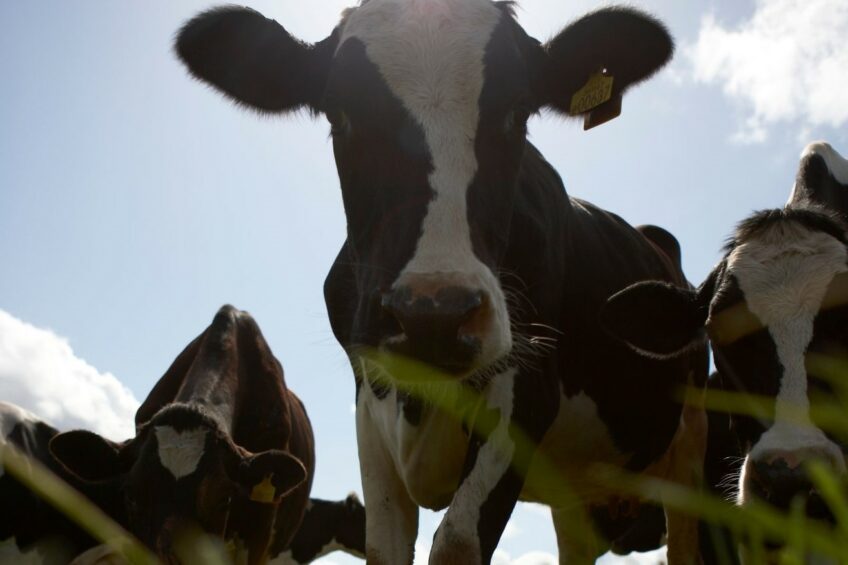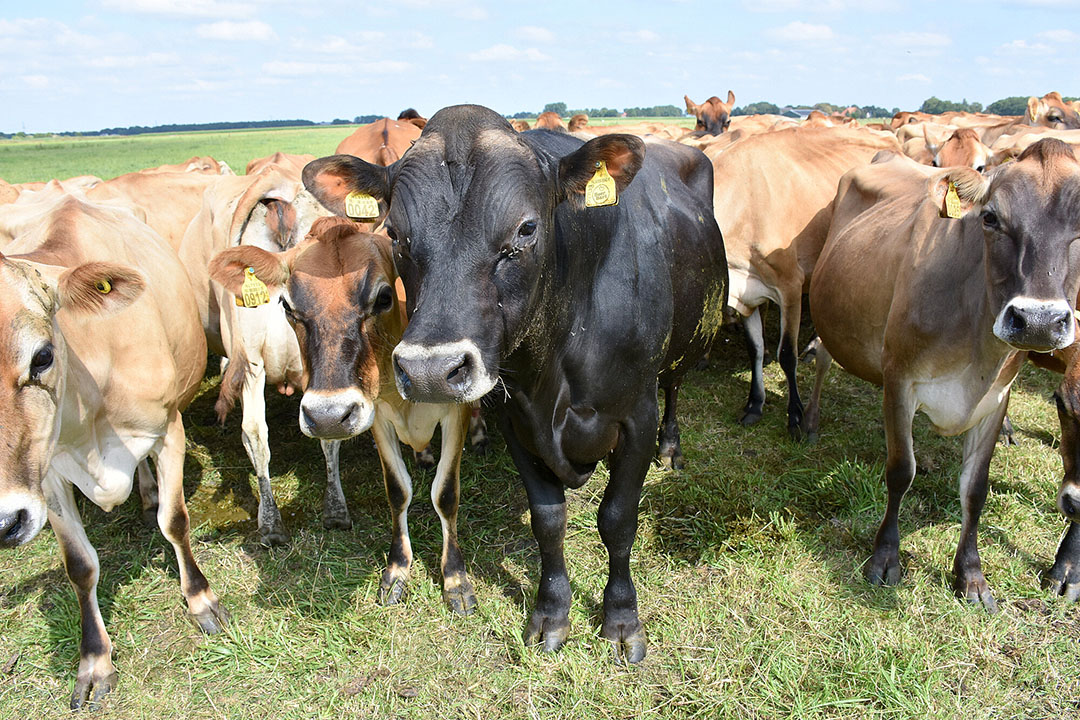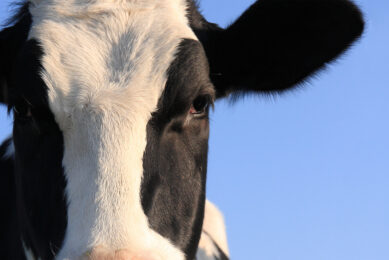Increased milk quality from Holstein breed

The latest UK figures on dairy breed milk performance show increases in milk quality for the Holstein breed, while others didn’t perform so well.
According to the annual production report by the UK’s National Milk Records (NMR) for the year ending September 2022, total milk yield dropped by 104 kg across all breeds compared to the previous year, reflecting the first fall in production for 5 years. The annual production report lists the top 1% of herds ranked on weight of combined fat and protein (CF&P) and on genetic merit (£PLI) both nationally and by county.
It also includes the production, health and fertility trends by breed and as a total for all NMR-recorded herds from 2008-09 to the most recently recorded year, 2021-22.
The report, just published in January 2023, reveals that milk quality improved in the Holstein breed, which represents 68.2% of all NMR-recorded herds. The average milk fat was 4.08% and protein 3.27%, up 0.02% and 0.01%, respectively.

The Holstein breed also reported a reduction in average somatic cell count (SCC) from 7,000 cells/ml to 164,000 cells/ml, and the calving interval dropped to 399 days, which is the first time it has dipped below 400 days.
The average Holstein milk yield for 2021-22 was 9,327 kg, down from 9,472 kg in the previous year. These results for milk quality, health and fertility parameters in the latest report are at record levels.
Fall for other breeds
The figures from the other main dairy breeds showed a number of decreases in yield and milk quality.
In the Jersey breed, which represents 1.9% of NMR-recorded lactations, milk fat fell slightly to 5.36% from 5.38%, but protein increased by 0.01% to 3.92%. The average SCC decreased by 9,000 cells/ml to 189,000 cells/ml.
A dip in milk yield and milk quality, both fat and protein, were recorded in the Ayrshire, British Friesian, Shorthorn, Guernsey and Montbeliarde breeds. Together, they all represent more than 0.5% of NMR-recorded lactations.
Top-production herds
The report also lists the top production herds in the UK for each breed, some of which have returned to the top-3 placings. In the Holstein breed category, JH Shropshire returns to the top place from 8th in 2020-21, with a combined fat and protein yield from this Shropshire-based robotically milked herd of 1,013 kg and an average yield of 14,219 kg per cow.
Nudging up from 4th to 2nd place is Derbyshire-based JE & EM Marshall, with 1,007 kg of fat and protein from 183 cows on 3-times-a-day milking. The average yield was 13,517 kg for the year ending September 2022.
In 3rd place, slipping down from 2nd in 2020-21, is PJ & PE Ashley from Shropshire, with 996 kg of fat and protein and 13,774 kg of milk from 109 cows milked through robots.
Other breeds
Some new names have taken the top places in the Jersey, Shorthorn and Ayrshire production rankings.
Cally Mains Farming in Scotland leads the Jersey rankings with its 68 cows on 3-times-a-day milking, achieving 739 kg of fat and protein and 7,106 kg of milk.
D & C Sanderson from Carmarthen heads up the Ayrshires with 171 cows producing 618 kg of fat and protein and 7,793 kg of milk. Cumbria-based Nerewater Farm holds 1st place in the British Friesian table for the 6th year running, with 692 kg of fat and protein and 8,649 kg of milk from 53 cows. D Vincent from Devon stays top of the Guernsey ranking with 70 cows producing 605 kg of fat and protein and 7,164 kg of milk.
Top genetic merit herds
Ranked on genetic merit, the top NMR Holstein herd for the year to September 2022 is, once again, Derbyshire-based Easom and Son with an average PLI of £341 based on 337 qualifying lactations. Herd average yield was 10,105 kg of milk at 4.56% fat and 3.46% protein on twice-a-day milking.
And BC & PM Cox’s herd from Cornwall holds on to 2nd place with a PLI of £324 and 116 qualifying lactations. In 3rd place, up from 6th, is D Foot from Dorset, with the 899-cow herd achieving a PLI of £321.
Join 13,000+ subscribers
Subscribe to our newsletter to stay updated about all the need-to-know content in the dairy sector, two times a week.










